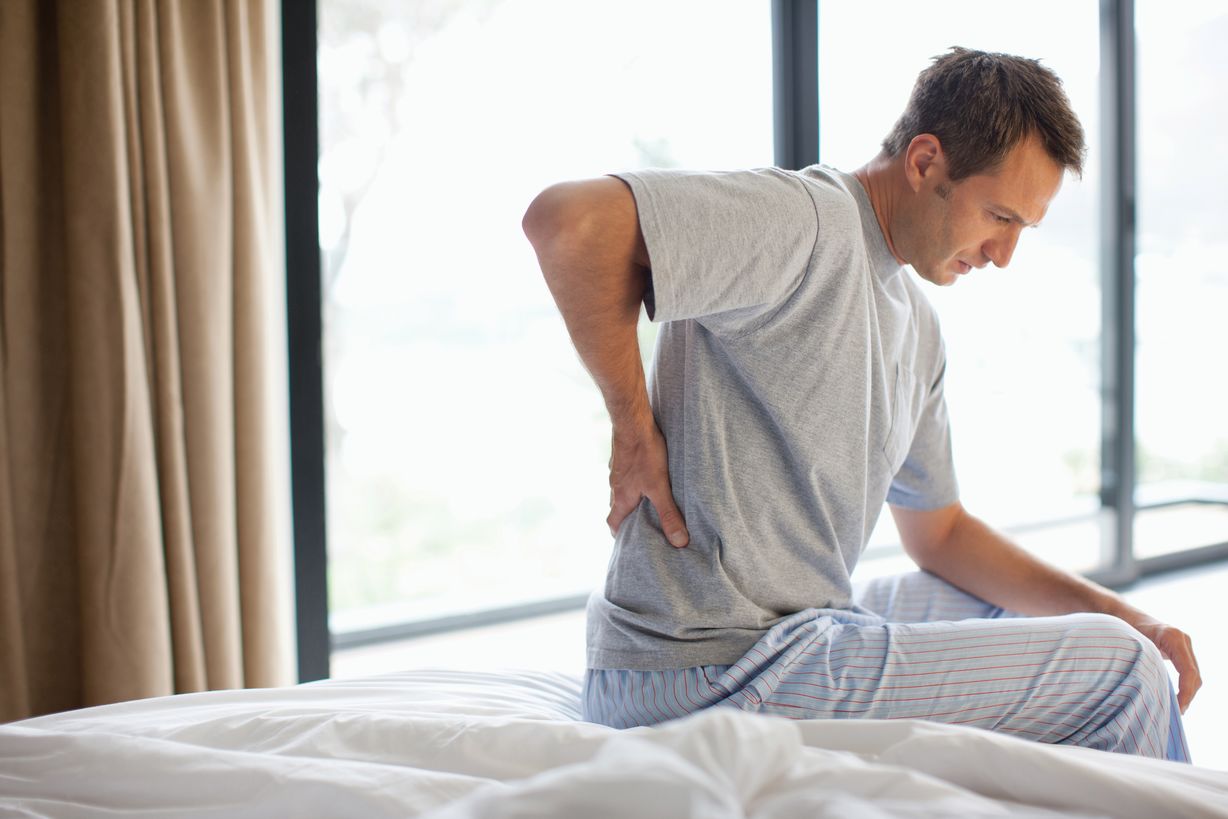Our representatives are available to schedule your appointment Monday through Friday from 9am to 5pm.
For a Northwell ambulance, call
(833) 259-2367.

If you’ve never had kidney stones, count yourself lucky: They affect about 1 in 11 people and send a half million Americans to the emergency department every year. But common as they are, there’s nothing ordinary about the pain they can cause, which some sufferers say is the worst they’ve felt outside of childbirth. So what causes kidney stones — and how can you get relief? Domenico Veneziano, MD, PhD, a urologist at Long Island Jewish Valley Stream and an internationally recognized expert in treating stones, has some answers.
Kidney stones are mineral deposits that form when the organ isn’t doing a good job of filtering waste from urine. They’re typically made up of calcium and oxalate, but can also develop from other products of metabolism, like uric acid, struvite or, more rarely, cystine.
“These leftover particles are like tiny pieces of sand,” Dr. Veneziano says. One minuscule granule isn’t a problem.
But when kidneys consistently fail to filter particles, those granules can gradually collect and harden into a stone.
One thing about kidney stones: If you have one, sooner or later it’ll make its presence felt — usually in the form of considerable pain. Sometimes the discomfort can be mistaken for back pain since the kidneys are tucked behind the abdomen on either side of the spine. Back pain, though, “tends to stay put in one area,” Dr. Veneziano notes, “whereas kidney stone pain moves from back to front and down into your pelvis.” That whack-a-mole effect is caused by contractions of the ureter — the muscle-lined tube that carries urine from the kidney to the bladder — as the body tries to expel the stone. When in the upper ureter, kidney stones can even cause pain under the rib cage on the left or right side.
Other symptoms may include nausea, vomiting or blood in the urine. One of the most concerning symptoms is fever, because that may signal infection. When a kidney stone obstructs the urinary tract, urine backs up, allowing a build-up of bacteria that can lead to a urinary tract infection (UTI). An untreated UTI can trigger sepsis, a full-body inflammatory response that requires immediate intervention and can even be life-threatening. “If you have pain from kidney stones and a fever, get to an emergency department right away,” Dr. Veneziano says.
If a doctor suspects that you have kidney stones during a urology visit, you may be asked to give a urine sample to determine whether levels of stone-causing minerals are too high. Your doctor may also use imaging, such as a computed tomography (CT) scan, to visualize the kidney, which may be swollen due to the obstruction, and get a view of the dimension and location of the stones.
Here are some targeted treatments to treat your problem:
Thankfully, small stones often pass on their own. For slightly bigger ones, “we can give a patient medication that relaxes part of the ureter so they can be expelled naturally,” Dr. Veneziano says. Stubborn stones may need more targeted treatment. Extracorporeal shock wave lithotripsy, for example, is a noninvasive procedure that uses high-powered ultrasound waves to break up stones so they can be passed. There’s also endoscopic laser lithotripsy, a procedure in which a physician threads a thin, lighted tube — an endoscope — into the passageways of the urinary tract to visualize stones, then zap them with a laser.
“We use a high-tech laser called Soltive at Valley Stream,” says Dr. Veneziano. “It’s precise and powerful enough to destroy kidney stones in a matter of minutes.” Patients getting laser therapy are usually given general anesthesia and are able to go home the same day.
Particularly sizable and persnickety stones, though — those 3 centimeters or larger, roughly the size of a grape — may require surgery. In this procedure, known as percutaneous nephrolithotripsy, a surgeon makes a small incision in the back to access the kidney, uses a laser or other tiny instruments to break up the stone, then gently sucks out the pieces with a vacuum-like device. This treatment, too, requires general anesthesia, as well as a brief hospital stay — often just overnight.
Patients who develop urinary sepsis require urgent treatment, Dr. Veneziano notes. Usually that means having a mesh tube called a stent surgically placed in the ureter to hold it open and restore urine flow. Patients with bacterial sepsis must also receive antibiotics ― sometimes intravenously — to quickly stamp out their infection.
If you have a family or personal history of kidney stones, you may be predisposed to make more of them. But there are a few things you can do to lower your risk. Start with diet:
“We tend to see more kidney stone patients in the summer,” Dr. Veneziano says. So keep that water bottle topped up.
Our representatives are available to schedule your appointment Monday through Friday from 9am to 5pm.
For a Northwell ambulance, call
(833) 259-2367.